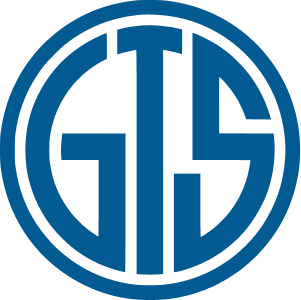
Resources
View our library of brochures, galleries, faq, webinars + more.
Your browser is out of date.
You are currently using Internet Explorer 7/8/9, which is not supported by our site. For the best experience, please use one of the latest browsers.
While there are lasers capable of marking plastic, the right laser for you will depend on the type of plastic you are marking and what type of mark you are looking to achieve. With plastics being among the more difficult to mark, a CO2 laser is often recommended. However, a fiber uv or fiber green laser could also be an option, and a great choice if you are marking on metal parts as well. This would allow you to have one laser machine for both applications.
When plastics are involved, we always recommend you send us samples of your material for us to mark in-house. We can perform a variety of tests using several different types of laser to find which one will give you the best results.
Understanding your needs and the capabilities of laser sources is important when choosing your laser. This is especially true when laser marking plastic as there are more variables to consider than when laser marking metal. Let us help you make sense of your options and find the right laser for you. Contact us here or give us a call at 847-647-7117 to discuss your applications and our laser options.

Lasers may produce different types of marks on plastics. Here are the most common types.
Carbonization is a thermo-chemical laser marking process that produces high-contrast marks on synthetic polymers. Laser carbonization is typically performed on light and clear polymers and result in a dark or gray laser mark.
Laser Foaming, sometimes also referred to as frothing, occurs when the laser beam heats the surface of a plastic that contains carbon. The heat causes oxidized gas bubbles (i.e., foam) to form in the top layer, resulting in a raised mark.
Vaporization is essentially laser engraving plastic. The heat from the laser causes the plastic to melt, leaving a groove in the plastic after it cools.
Our in-house design and engineering department has a full range of services and support to ensure that your marking application is successful.
At GT SCHMIDT, we design, build, and implement marking solutions that help manufacturers leave a lasting mark on their products, their companies, and their industries.
Learn More About Us


